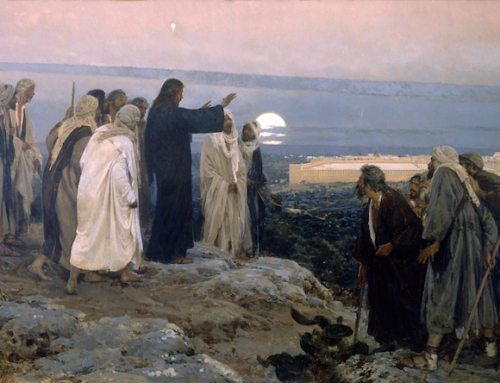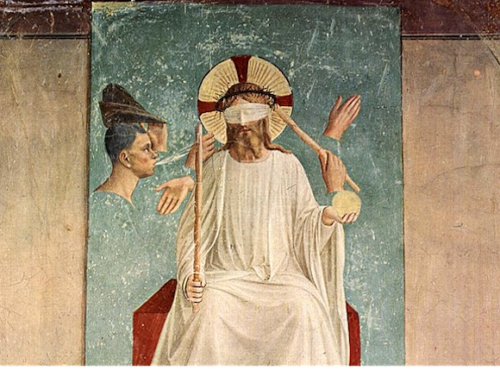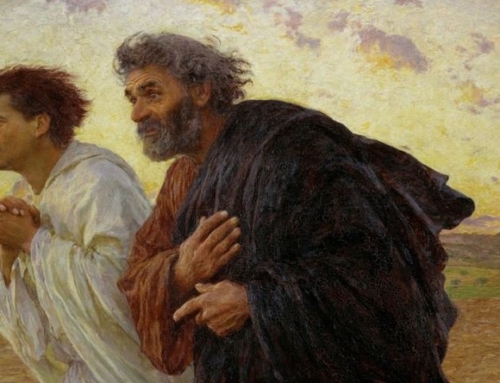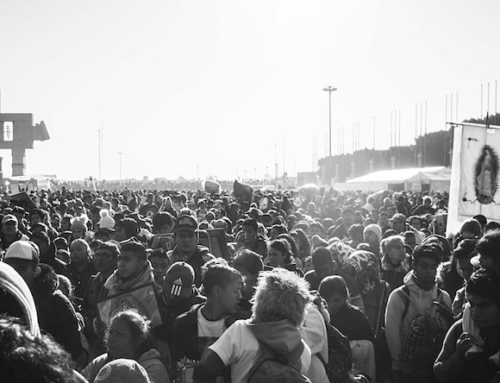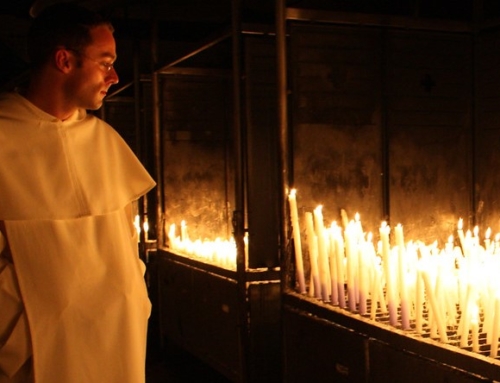“Son, back in nahn-teen seh-vendy six your dad was…”
Often in my household while I was growing up, my father, referring to himself in the third person, would start extravagant stories with this long, drawn-out introduction. My brother and I would beam with excitement anticipating what new story might come out of his mouth. This is how we began to understand our family history, our roots and traditions. He would elaborate on his time spent with uncles and cousins during his childhood and when he came of age. Sometimes, a bit to my mother’s chagrin, he would re-tell stories of how they first met and started dating. Discussing these stories among ourselves always drew us to ask more questions and to grow in love for our family. We would also seek to receive the practices they wanted to hand down in order to belong to something bigger than ourselves.
The Church has its own form of storytelling in its tradition. The word tradition, though, can be a confusing and slippery term for many of the faithful. We can first understand it as the “big T” Tradition, as I once heard it said, and the “little t” tradition. The Catechism of the Catholic Church describes “big T” Tradition saying, “The Tradition here in question comes from the apostles and hands on what they received from Jesus’ teaching and example and what they learned from the Holy Spirit.” So, Tradition along with Sacred Scripture makes the whole of the gift of Divine Revelation known to us. Following this in the next paragraph the Catechism also notes, “Tradition is to be distinguished from the various theological, disciplinary, liturgical, or devotional traditions (little t), born in the local churches over time. These are the particular forms, adapted to different places and times, in which the great Tradition is expressed.”
From here we can see the organic development of the expression of the Faith that stems from the very beginning of the Church’s birth. Dogmas come down to us through Tradition, and tradition is where we find dynamic displays of God’s saving truth. We also observe similar things happening in the timeline of our family history. Those who have gone before you have paved the way for how you live today; they have set down the traditions. You have a right to the Church’s heritage and tradition by reason of your gratuitous adoption through baptism (Romans 8:17). The Church is the home where we go to partake in all that has been passed down, which we see most strikingly in the Mass, the Heavenly Banquet that transcends time.
As Church she is both our home and family. Opening the Scriptures and having St. Paul tell the history of Israel is comparable to how our parents tell us how our family arrived at where they are today. Similarly, seeing pictures of great cathedrals and meditating on icons are both in many ways like opening the ol’ family photo albums. We can relate to how the Church has expressed herself over time because each one of us has a “canon” by which he abides in his family. There is a certain unspoken creed to which we all assent so as to maintain the unity of the family. For my generation of siblings and cousins we knew that there had been a tradition developed that we would attend the Christmas Vigil Mass, then go home and eat and play games leading up to the big event of present opening at midnight. It was something we looked forward to all year.
G.K. Chesterton once famously remarked that “tradition is the democracy of the dead.” This means that tradition is not limited to practices but also includes encounters with people. I would have loved if the family members in my father’s stories came to life. How wonderful it would be to meet those who’ve gone before us in the past 2000 years and welcome them into our local Church communities. In one sense we don’t have to wait to meet those who have gone before us. Our adoption as children of God inserts us into the communion of saints who we can pray to and who plead before God on our behalf. As a result, seeing the Church and her traditions with this perspective widens our view of family and communion. Tradition becomes the decor with which we adorn the Church.
Make yourself at home in the Church because she is your Mother who, with Christ as her head, leads you to your Heavenly Father.
✠


